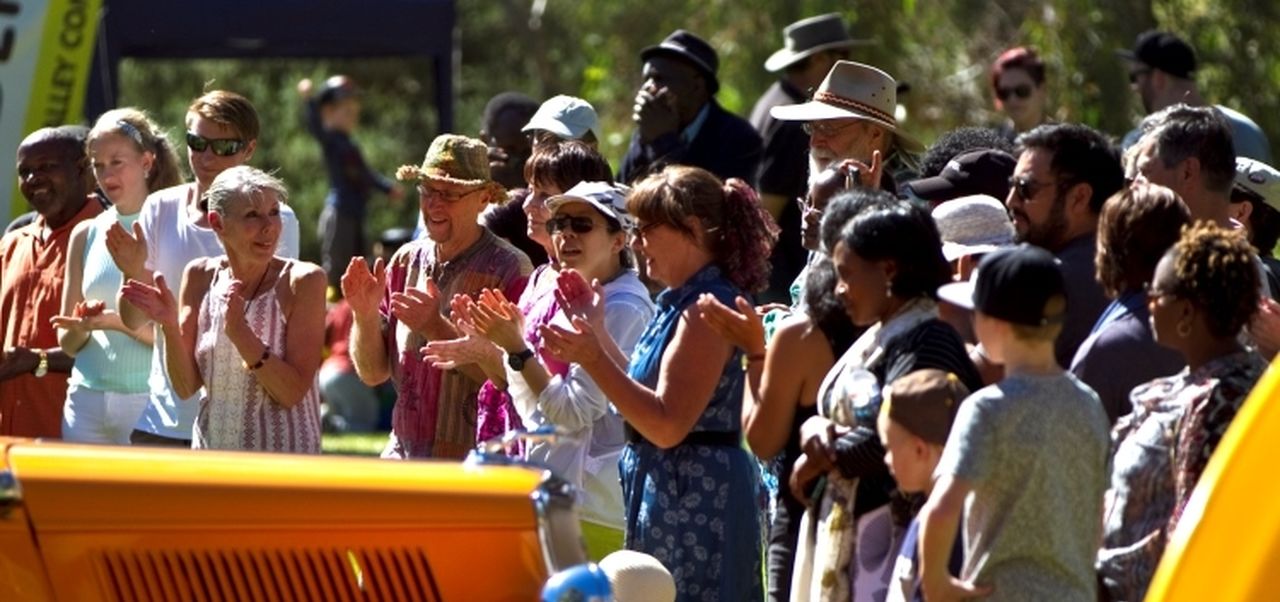Celebrate World Environment Day by supporting our native bees
Did you know there are over 1,700 species of native bees in Australia? Around 200 of them live right here in the Adelaide Hills.
Some of these local bees have wonderful names, like the Blue-banded Bee, Teddy Bear Bee, Green Carpenter Bee, Masked Bee, Leafcutter Bee, and more. These tiny creatures are not just beautiful, they’re essential for the environment.
What Makes Native Bees Special?
-
Most native bees don’t live in hives. They like to nest in soil or wood.
-
About 90% live alone, they don’t have queens or large colonies.
-
They are usually not aggressive and only sting if handled.
-
Many don’t die after stinging, as they don’t have barbed stings.
-
They love white, yellow, blue and purple flowers.
-
Most native bees only live for about 70 days.
Pollination Superstars
Native bees are important pollinators. Just like European Honey Bees, they help plants grow by spreading pollen. And it’s not just bees, wasps, hoverflies, butterflies, moths, birds, and bats also help pollinate flowers.
Native bees help grow many of our favourite foods, such as:
-
Fruits: Apples, pears, strawberries, blueberries, plums, mangoes
-
Vegetables: Tomatoes, cucumbers, zucchini, rockmelon
-
Herbs: Basil, sage, rosemary
-
Other crops: Citrus, almonds, canola, lucerne
Buzz Pollination, a Special Skill
Some native bees, like the Blue-banded Bee and Teddy Bear Bee, are buzz pollinators. They shake flowers to release pollen – a trick that helps certain plants grow fruit. Buzz-pollinated plants include tomatoes, eggplants, chillies, and capsicums.
What Can You Plant?
To attract native bees, try growing these local plants:
-
Chocolate Lily (Arthropodium strictus)
-
Sweet Apple Berry (Billardiera cymosa)
-
Twining Fringe-lily (Thysanotus patersonii)
-
Black Anther Flax Lily (Dianella revoluta)
-
Guinea Flower (Hibbertia spp.)
Want more ideas? Visit:
More Than Just Pollination
Some native insects also help control pests! For example, hoverflies eat aphids and other pests. Wasps help by hunting spiders, beetles, and caterpillars.
How You Can Help
Your garden can be a safe place for native bees and other pollinators. Here’s how to make it bee-friendly:
- Plant nectar and pollen-rich flowers
- Grow fruits and veggies that need buzz pollination
- Avoid insect sprays that harm good bugs too
- Set up bee hotels and leave patches of bare soil or dead wood
- Don’t mow your lawn too often, let some flowers bloom
- Leave out fresh water with stones so bees can land safely
This World Environment Day, let’s celebrate and protect the amazing native bees in our own backyard. Every garden can make a difference.
Photo credit: Blue banded bee by Rosie Nicolai, creative commons license.

